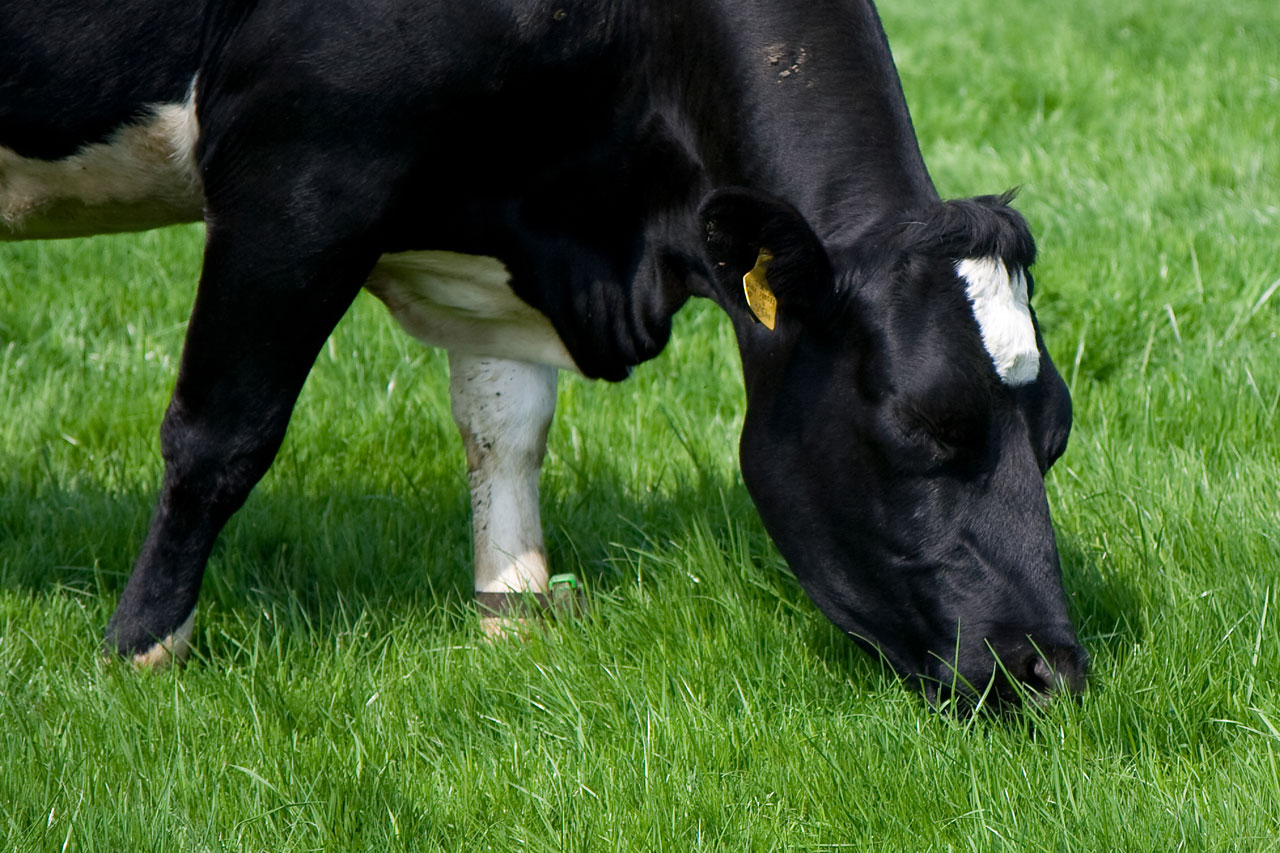Friday, March 12, 2021 - You may be thinking that it is too early to be worrying about Grass Tetany, but with springtime weather fast approaching, we need to start thinking ahead. New spring grass is beautiful, but it can be deadly.
What is Grass Tetany? - It is a nutritional disorder resulting from a deficiency of magnesium in the blood. Grass Tetany occurs most often within two weeks of being turned out to young, lush pastures. Heavy rainfall can also increase Tetany incidence. Winter Tetany can also be an issue. You don't hear much about it happening in the winter, but cause and symptoms are the same. Grasses are very high in potassium but low in magnesium and calcium.
What are symptoms? - Affected cows become nervous and restless, lack appetite, froth at the mouth, and suffer muscle contractions and convulsions. This can be more prominent in the older animals. Cows that have recently calved and are heavy milkers are especially susceptible.
What can you do? - The best treatment is prevention! Young, fast-growing grasses can contain an unbalanced content of minerals and be magnesium deficient. Heavy grain feeding in winter, with limited roughage, may predispose your cows to this disease since such rations are usually low in calcium and high in phosphorus. You must have M-Mix available starting in March and have it available at all times. You should also make sure they have their fill of hay before turning them out the first time. Check your cattle several times daily. You might want to incorporate legumes into your pasture or feeding hay that contains red clover or Alfalfa. Legumes contain about twice as much magnesium as grasses. So remember to start early on your Tetany prevention. Offer M-Mix free choice along with other Advanced Biological Concepts balanced minerals for a jump-start to being Tetany free.
